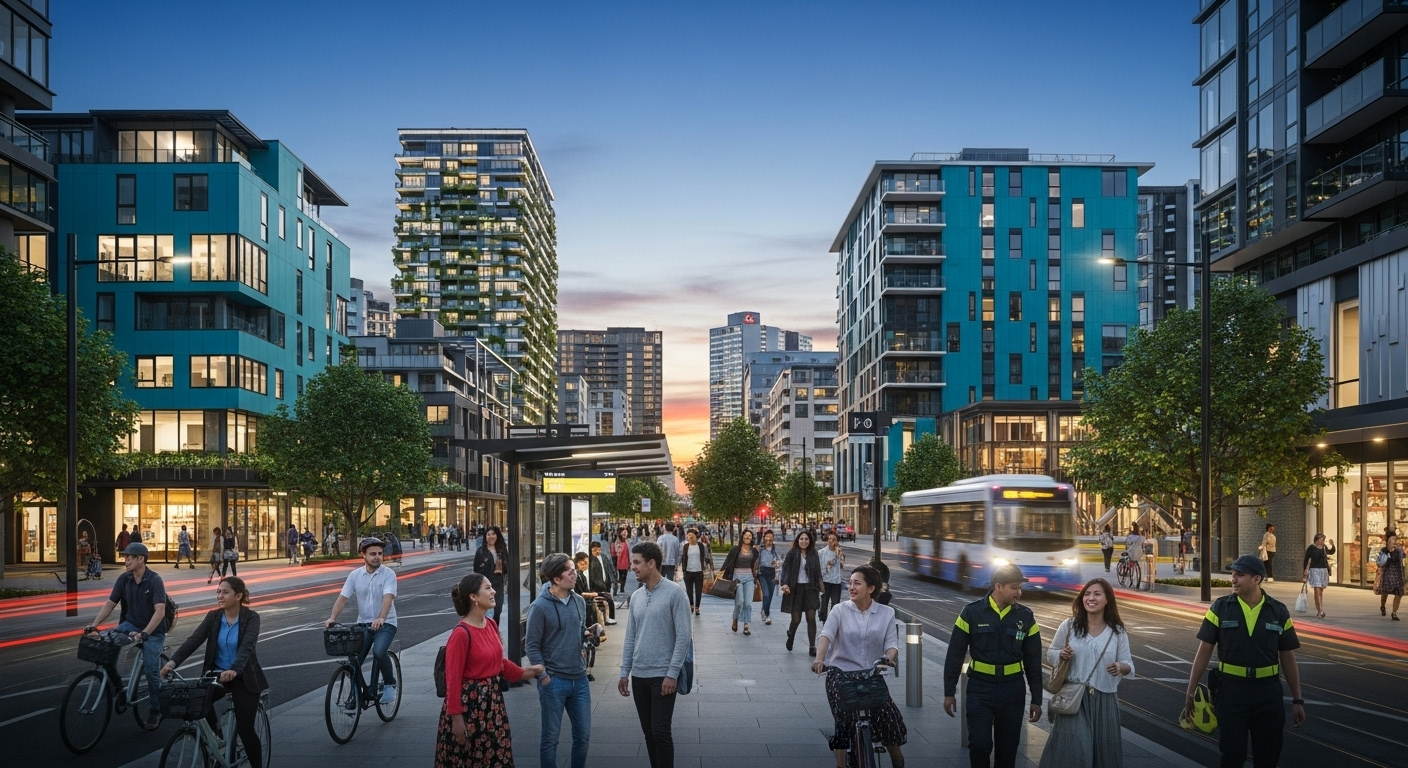The Changes we ACTUALLY need to the RMA
This is how the New Coalition Government should "panel beat" RMA 2.0.

Introduction
One of the big jobs that the new Coalition Government has is to write the legislation that will replace the Resource Management Act 1991 (RMA).
Gary Taylor of the Environmental Defence Society was certainly right in recent comments that the government should just panel beat the options that the Labour Government came up with, rather than starting again.
However, he was not correct in calling the Coalition governments new approach of two separate pieces of legislation for urban development and environment regulation “antiquated". To the contrary, this is exactly what must occur to reverse the problems that have built up under the RMA for the last 30 years.
It took the Supreme Court 23 years to finally decide that we weren’t actually trying to “balance” urban development against environment outcomes, but rather environmental limits were “bottom lines” that weren’t to be crossed. It is hardly a surprise that we have spent 30 years doing trade-offs, as that is exactly what happens when you try to shoe horn urban development and environmental regulation into the same Act. Put simply they both have vastly different and competing outcomes and cannot be “integrated” as the RMA tried to do.
Those parts of the existing RMA 2.0 created by the Labour Government that the Coalition should keep and “panel beat” are:
- Changes to the Act that require notification provisions to be codified in District Plans so everybody knows the notification path they will be heading down if they break certain rules. The notification provisions have been one of the biggest issues with the operation of the RMA and must change.
- The strengthened compliance provisions of the Act.
- The focus on a National Planning Frameworks and reduction in the number of district plans required in the country for efficiency reasons.
But the Coalition Government must go much further if we are to get an enduring set of laws that will ensure both environmental protection and coherent and well-planned urban development in this country. I set out some of the main ones below.
The Need for Structure Plans
One of the concerning aspects of the Coalition Governments plans are the statements that Council’s should simply rezone 30 years of land supply and be done with it. If only urban planning and the infrastructure planning and investment that goes with it were so simple.
It is critical that areas that are to be re-zoned are properly structure planned before developers are able to apply for resource consents to develop such land. Structure planning allows the following actions to occur:
- Natural hazards or “no go” areas can be identified, such as areas that are subject to liquefication or other soil issues, have flood plains or are elite farming soils that should be protected from development.
- The key corridors can be identified in an area for the necessary infrastructure that will be needed to support new urban growth. This includes the roads and public transport infrastructure needed, but also stormwater ponds, corridors for main truck stormwater, wastewater, and electricity lines all of which cannot be easily retrofitted into poorly planned development.
- Landuse planning can be undertaken that focusses intensification within walking distance of planned public transport. Landuse planning also ensure that we are designing true communities that include a town centre, parks and other amenities that make a place nice to live in. Such actions are critical if we are to avoid the soulless sprawl and dormitory suburbs that have been allowed under RMA. These simply connect to the motorway network and result in peak hour congestion.
- Perhaps most importantly, a structure plan identifies the infrastructure needed to support urban development so that such infrastructure can be costed and those who benefit from such infrastructure made to pay. It is critical that the new legislation states a structure plan may not be approved until an agreed and funded infrastructure plan exists to support the proposed urban development, whether greenfield or brownfield.
National Planning Frameworks
The RMA 2.0 changes introduced more national direction in the form of a National Planning Framework, but the proposals didn’t go far enough and can be considered mere tinkering. We must more past the quaint idea that each region needs to come up with its own bespoke rules to cover urban planning or environmental concerns. Urban planning and Environmental Science, like any professions, have well agreed standards for what makes good development and what is considered bad development.
The planning rules should be drafted on a national basis to ensure that the rules that we do have represent excellence in urban planning and design and the latest science when it comes to environmental protection rules.
Only if truly local issues exist should Councils be allowed to come up with bespoke rules.
I would see a proper National Planning Framework working in this way:
- A selection of applicable zones, and associated rules, would be drafted by the relevant ministry.
- Equally a suite of overlays and associated rules dealing with common issues such as flood plains, land instability, noise, lighting, transport, and others should be prepared.
- Councils would then be responsible for mapping their regions and applying the zones, and overlays from the pre-drafted list from the ministry.
- Only where bespoke rules were approved by the Minister, could these then be drafted by the relevant Council in consultation with the ministry, and any final local rules could be listed under that specific region on the ministry’s website.
- The benefit of this approach is that developers and planners alike will become familiar with the adopted zones, overlays and rules and will be able to operate in any region in New Zealand with corresponding efficiencies throughout the development process.
An increased role for the Environmental Protection Agency (EPA)
The role of the EPA should be expanded to be the consenting authority for any environmental permits needed under the new Environmental Act dealing. This would remove the bias and conflicts of interest that arise when a Council, that wants to increase its rating base, is also charged with protecting the environment in its region.
The dire state of our streams and rivers shows that the conflict between development goals and environmental protection has not been managed well by local Councils and amounts to the fox minding the hen house.
Transferring the consenting functions to the EPA would ensure that these permits remain at arm’s length from development interests, and that inappropriate influence over the consenting processes is removed. Permits would only be issued if the science demonstrated a permit was appropriate and that environmental bottom lines of the Act were protected.
Planning Inspectorate
A Planning Inspectorate should be established similar to the UK system.
This would form a pool of hearing commissioners that could travel around the country and determine plan changes and notified resource consents as needed by Councils. Providing a Planning Inspectorate would enable experienced planners to commit to commissioner work in the knowledge that a full-time job could be made of it and as such would attract high quality applicants.
Having a Planning Inspectorate would improve the quality of decision making and reduce the number of appeals that would need to consume the time of New Zealand Courts.
Population Strategy
All of the above recommendations would create a step change in the efficiencies and quality of outcomes produced by our planning system.
But they won’t achieve anything if we continue to allow uncontrolled population growth to occur. Even with the best of intentions, there is no way that our urban planning system can respond to an influx of 100,000 people in one year as was recently reported. The same goes for our hospitals, schools, GPs, and infrastructure networks in general.
We must get serious about immigration policy settings and set a clear annual cap that the urban planning system and infrastructure planning can work within. Such work would naturally lead to discussions about the ultimate population goal for New Zealand that we are actually targeting.
Conclusion
There is no doubt that the task of reforming our RMA laws is a large one. However, rather than throwing out the baby with the bathwater, I suggest the Coalition take RMA 2.0 and further improve it, including with the ideas discussed in this article.











